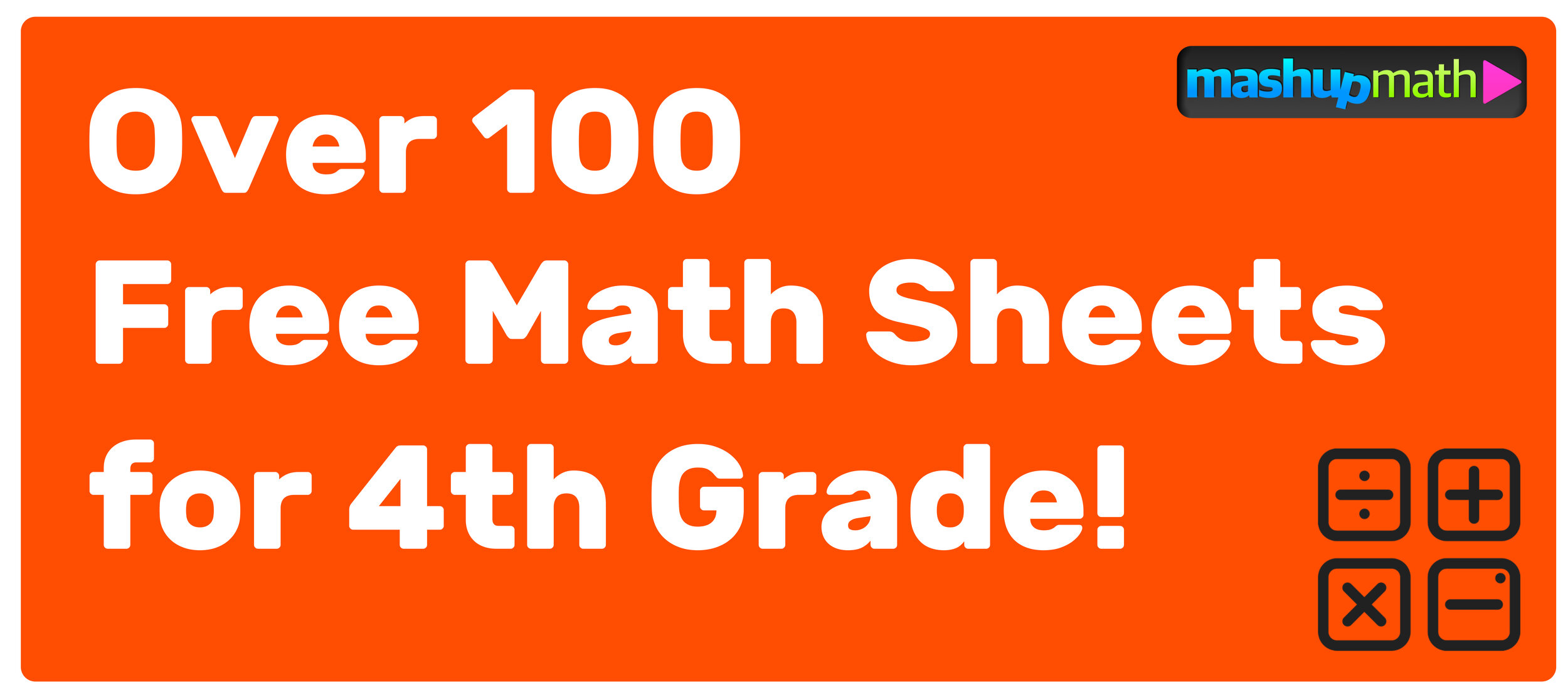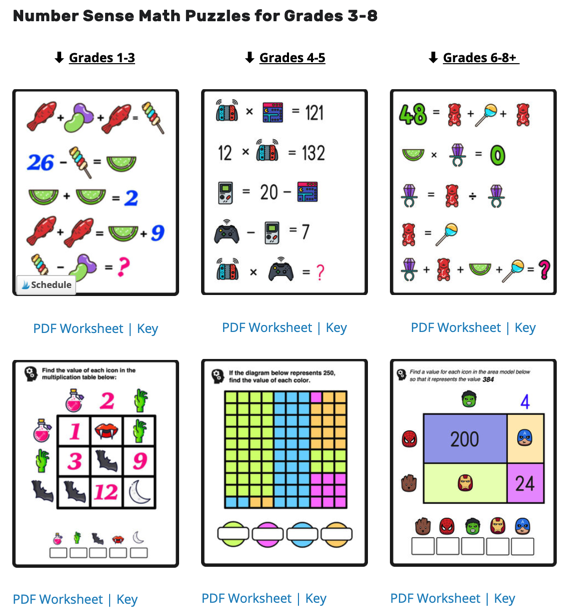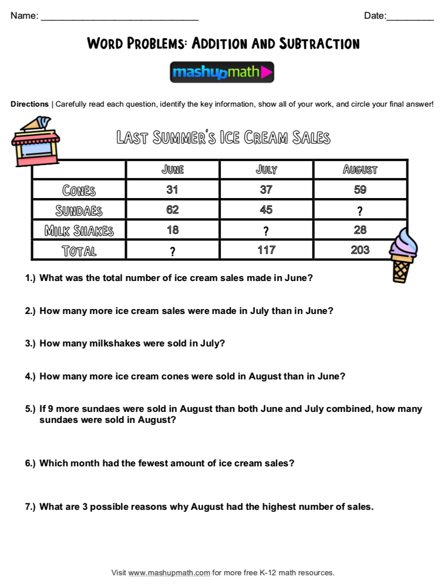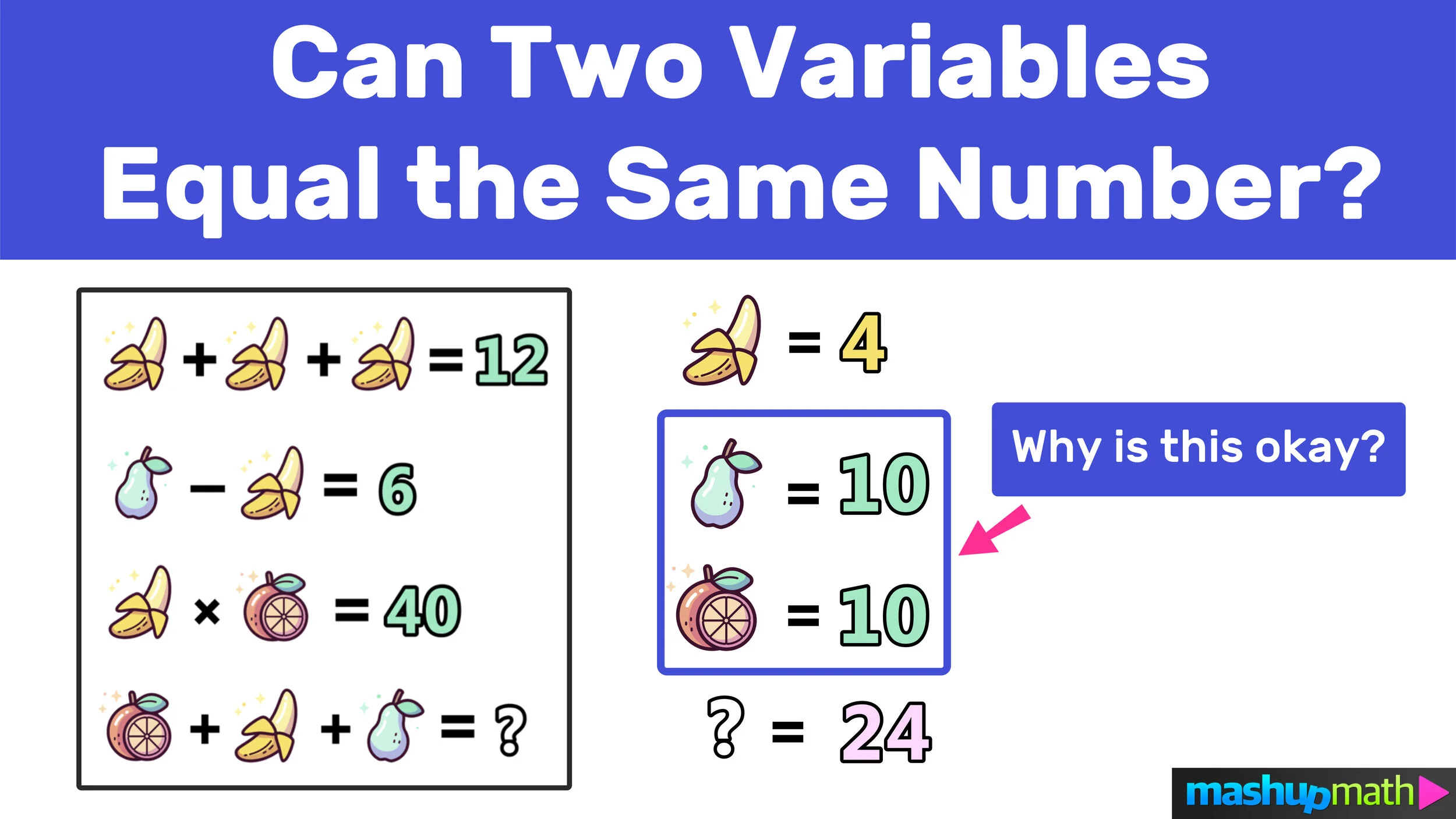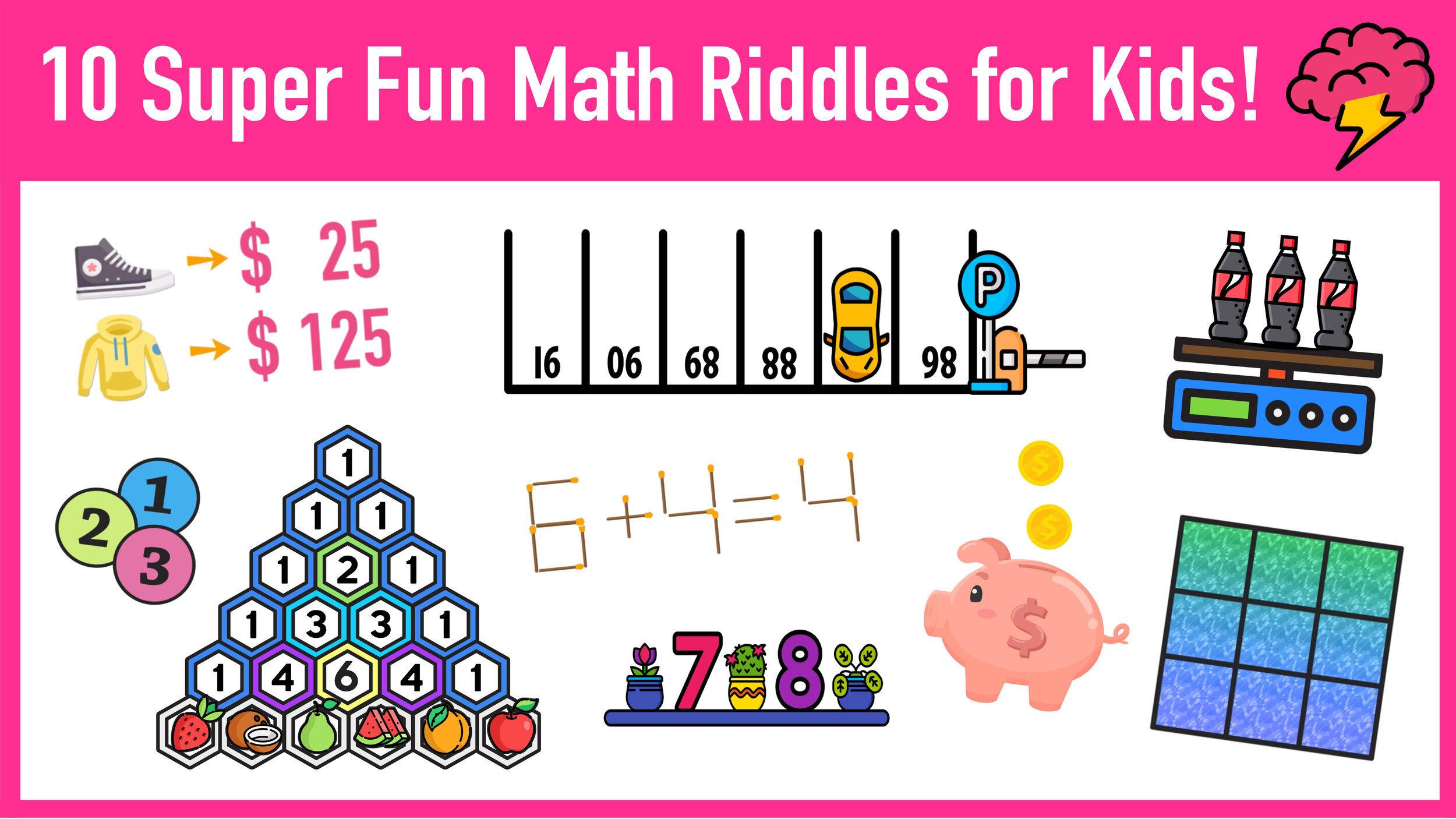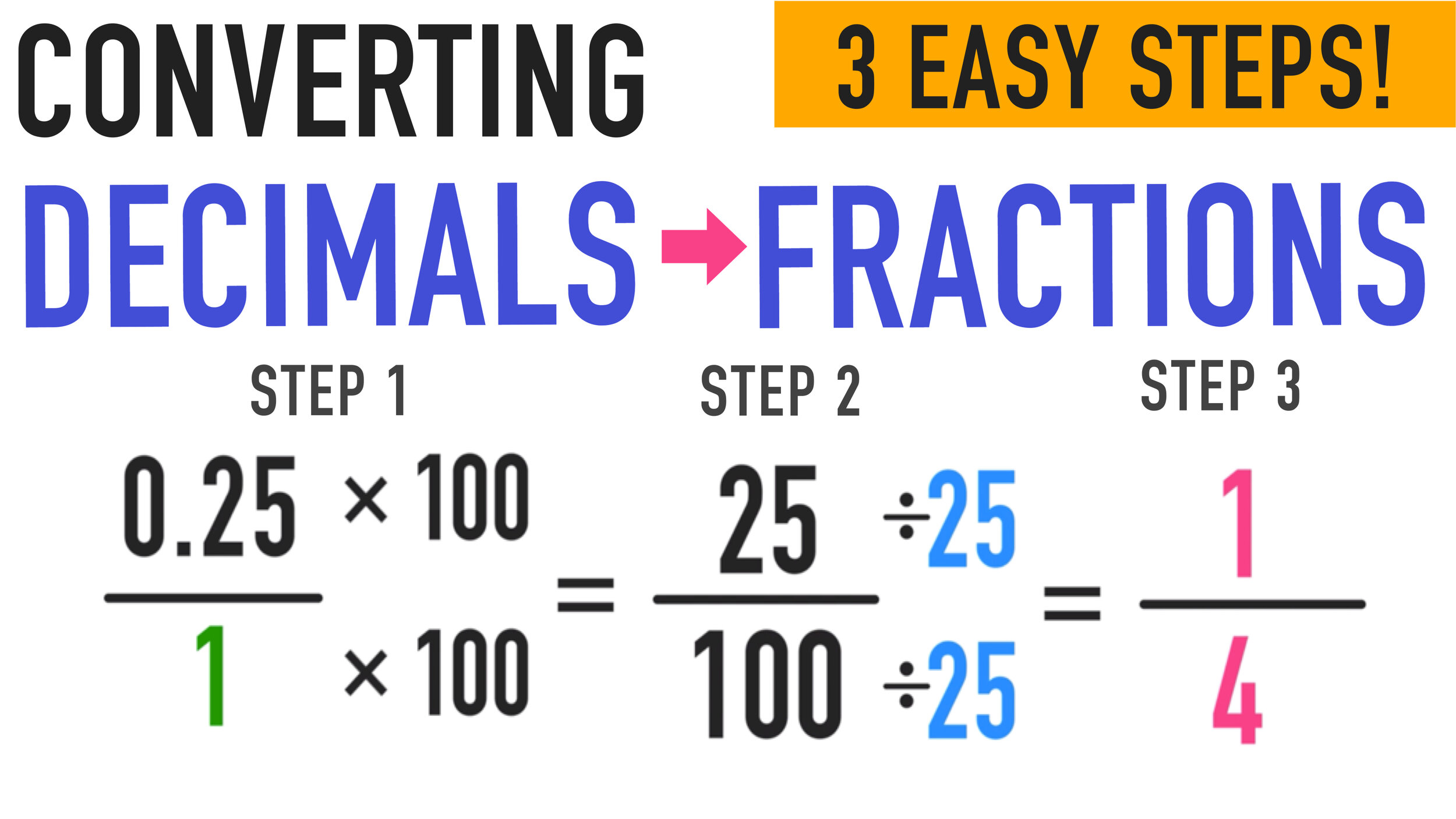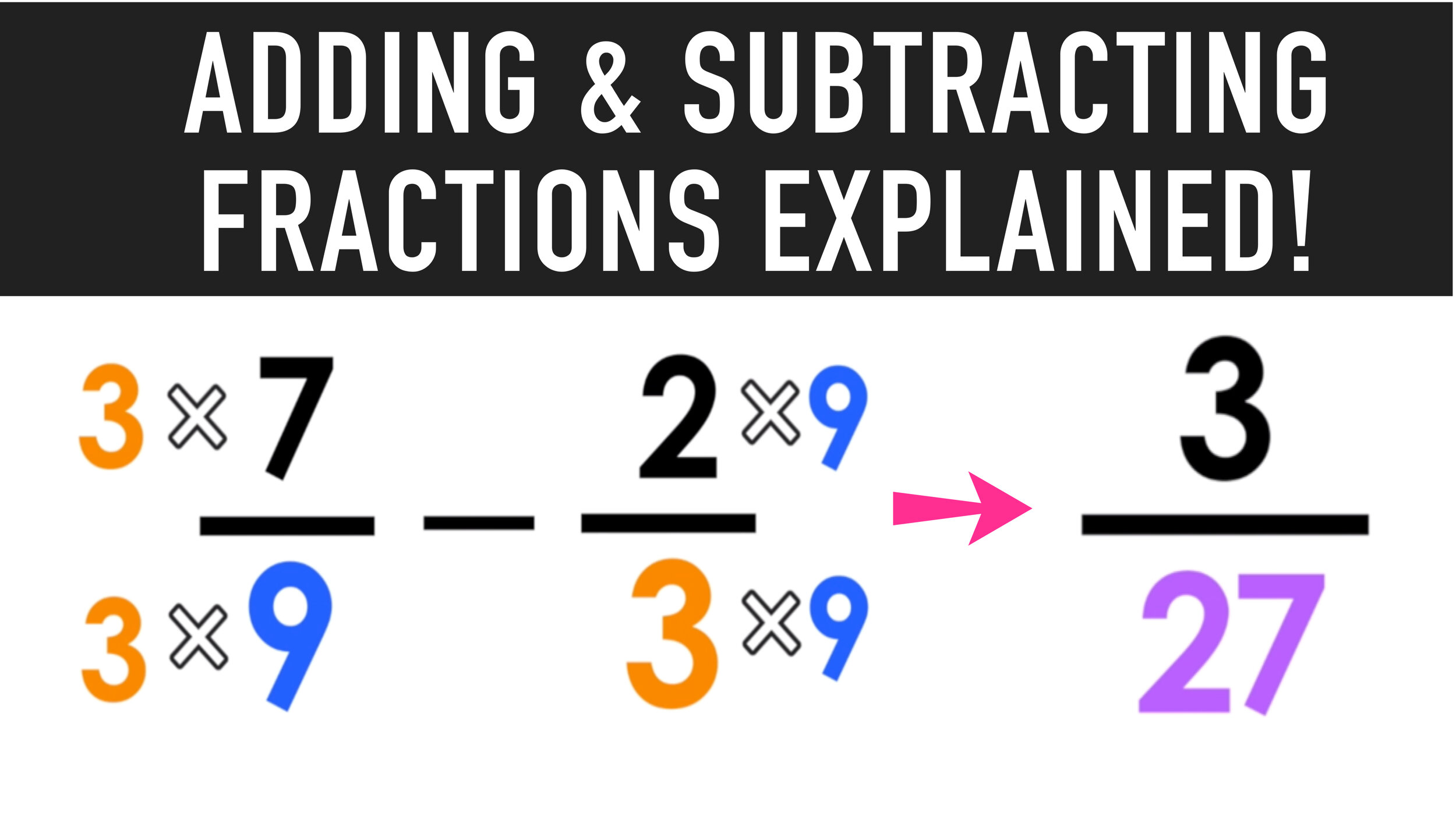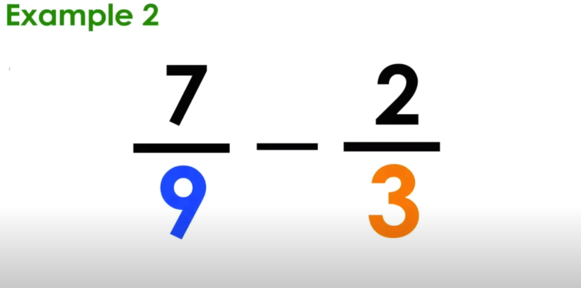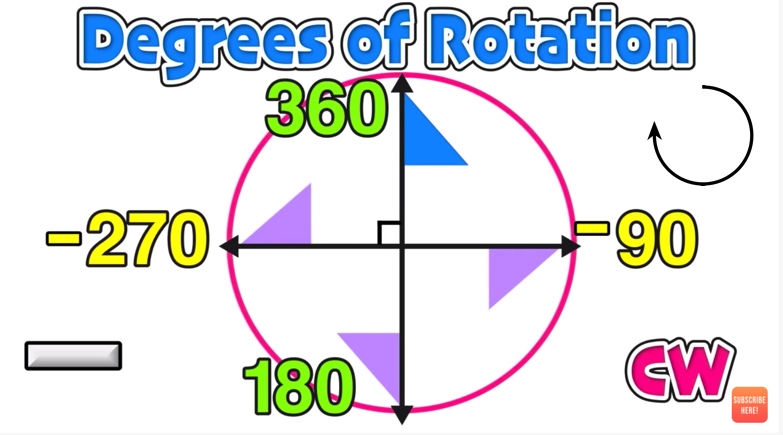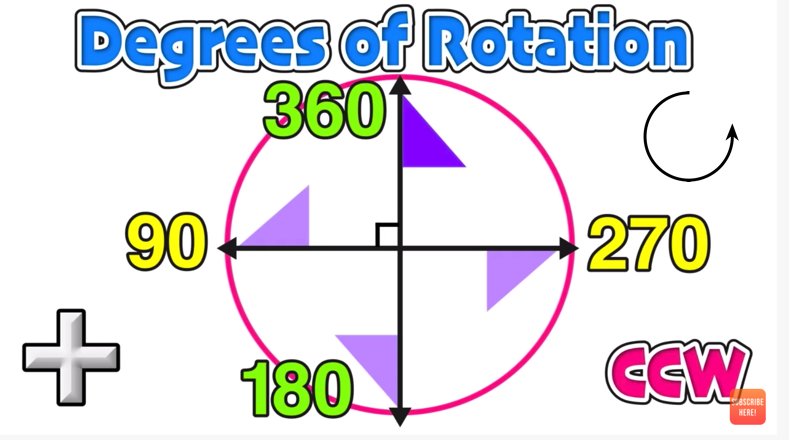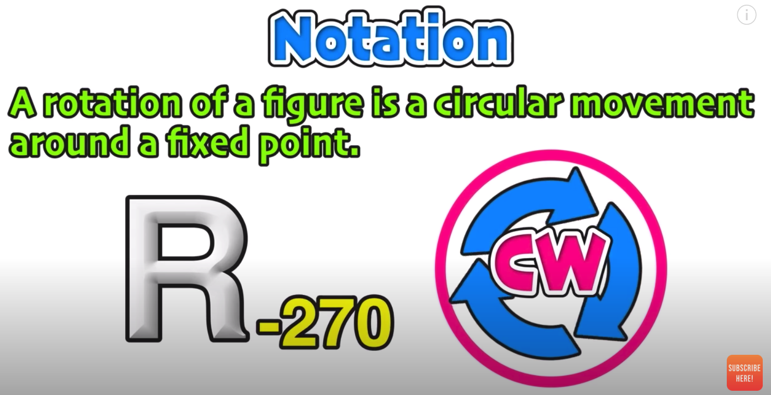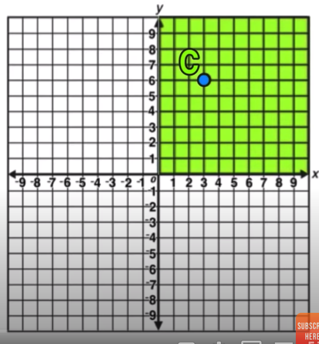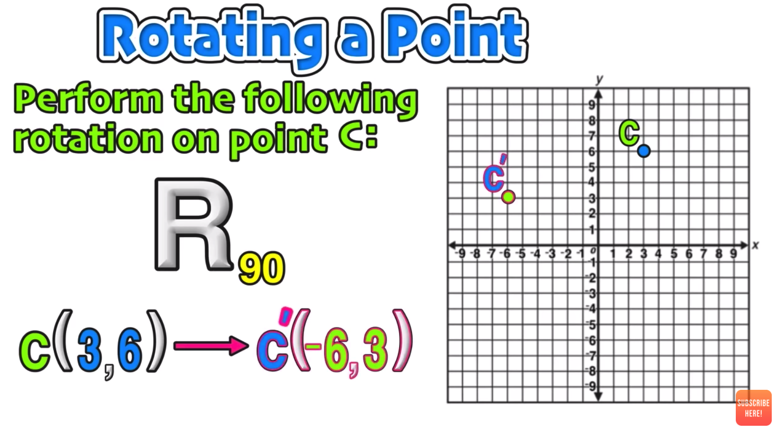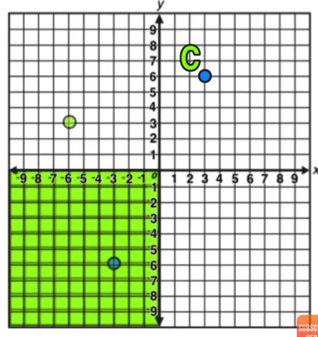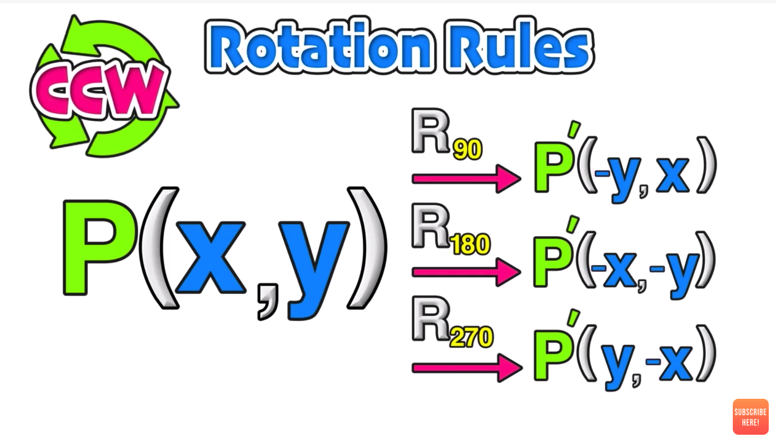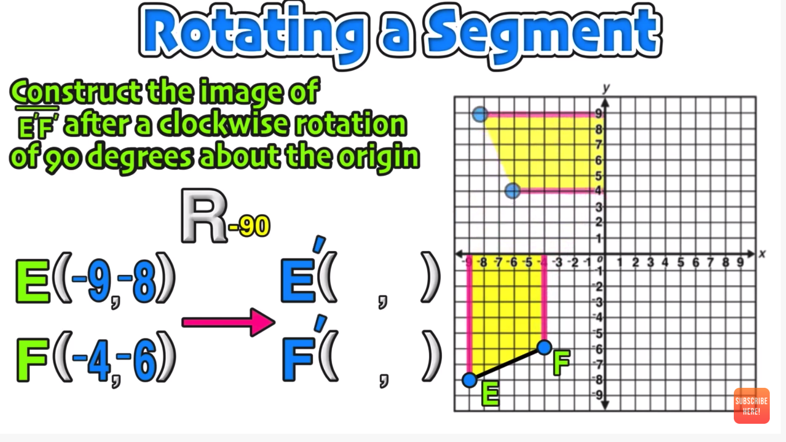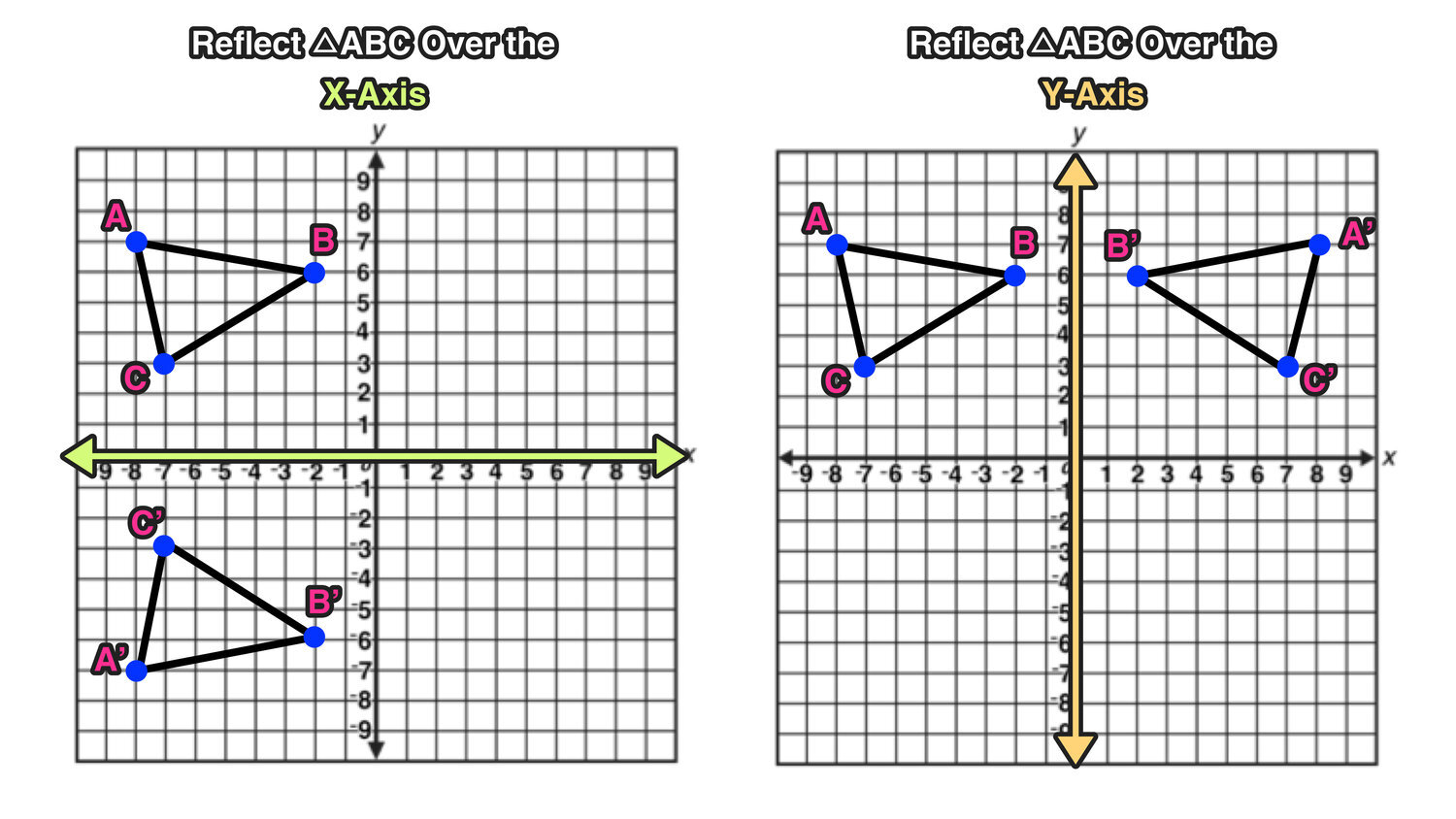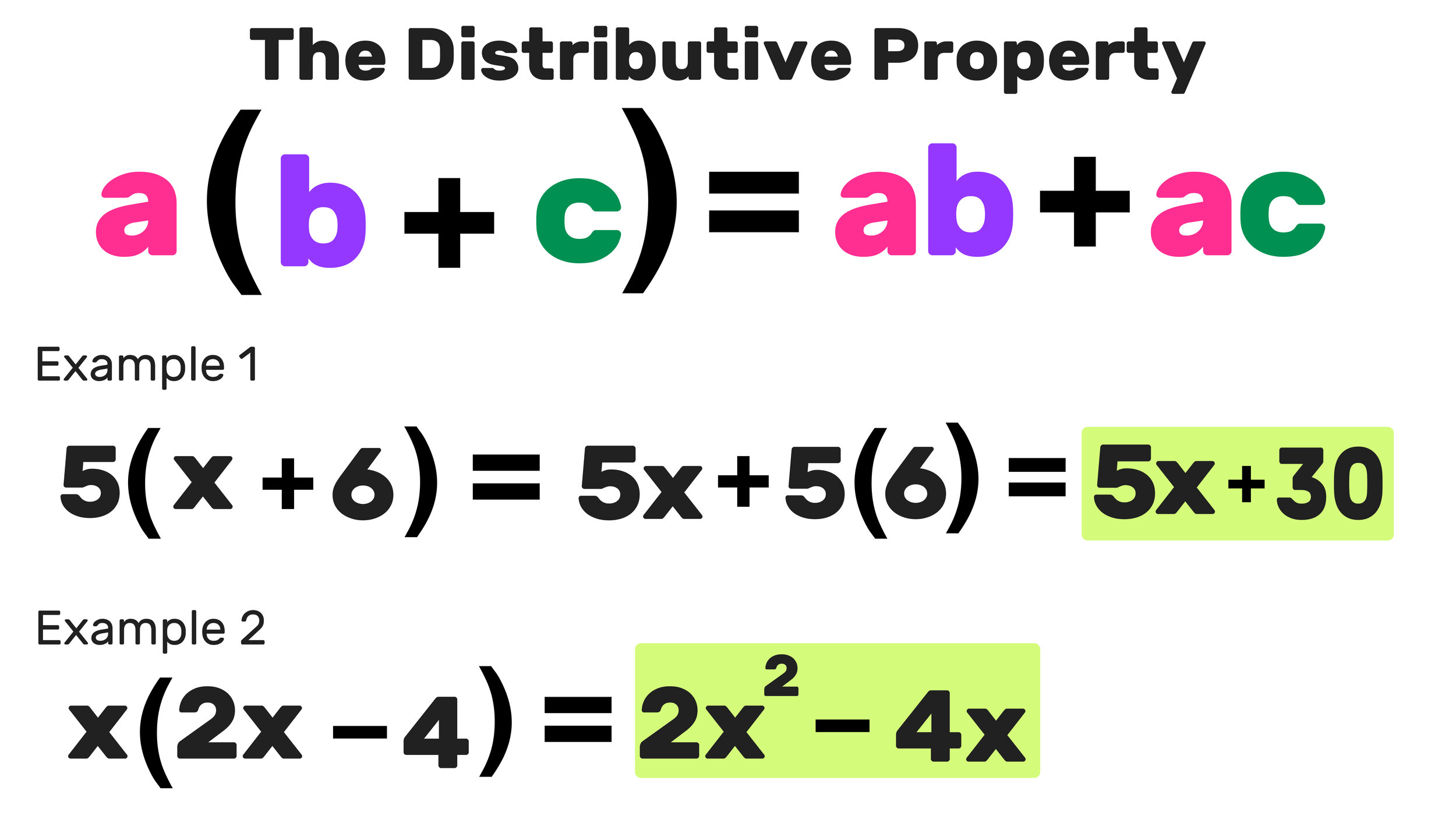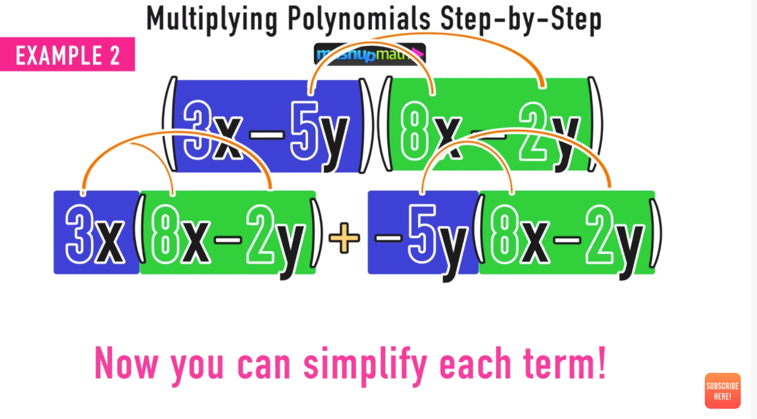Free Math Sheets for 4th Grade!
Are you looking for the best free math sheets for 4th grade students?
The following shares over 100 completely free math sheets for 4th grade. They are easy to print and share at home or in the classroom, and they all include answer keys!
Enjoy!
1.) Math Sheets for 4th Grade: PDF Worksheets and Answer Keys
The following collection shares over 100 free and easy to print math sheets for 4th grade on topics including fractions, place value, unit conversion, multiplication, division, and more! Plus every worksheet includes a free answer key.
Just scroll through the list of topics, select any one that you want, and click on it to download the pdf file and answer key (yes, it’s that easy!).
Click here to access the free library of 4th grade math sheets.
2.) Math Sheets for 4th Grade: Puzzles, Riddles, and Brain Teasers
Typical math sheets are great for giving students extra practice, but they can get pretty boring and repetitive after a while. If you’re looking to mix up your lesson plans every now and then, check out this collection of super fun math sheets for 4th grade that include math puzzles, riddles, and brain teasers!
Trust me, your kids will love them!
Click here to get your math puzzles, riddles, and brain teasers for 4th grade math students!
3.) Math Sheets for 4th Grade: Word Problems
Are you looking for engaging multi-step math sheets for 4th grade problems with answers to add to your upcoming lesson plans? The following collection of free 4th grade maths word problems worksheets cover topics including addition, subtraction, multiplication, division, mixed operations, fractions, and decimals.
Students need to gain a strong understanding of place value in order to understand the relationship between digits and how these relationships apply to operations including addition, subtraction, multiplication, division, and more.
Click here to get your 4th grade math word problems
Looking for more math activities and resources other than math sheets for 4th grade?
Here are some more 4th-grade math resources that you will love!
Share your ideas, questions, and comments below!
(Never miss a Mashup Math blog--click here to get our weekly newsletter!)
By Anthony Persico
Anthony is the content crafter and head educator for YouTube's MashUp Math . You can often find me happily developing animated math lessons to share on my YouTube channel . Or spending way too much time at the gym or playing on my phone.


